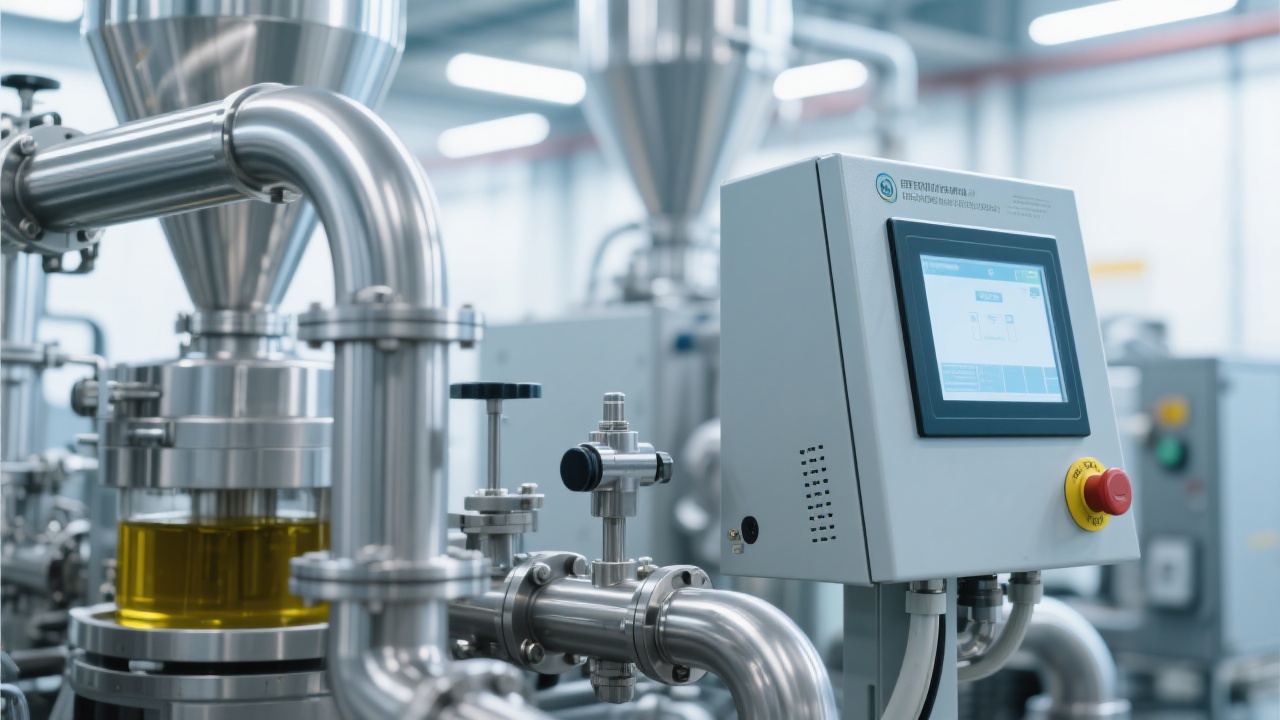
You're in the sesame oil production industry, and you know that the quality and efficiency of your production process can make or break your business. In this guide, we'll walk you through the entire process of sesame oil extraction and refining, from understanding the equipment to mastering key techniques, and show you how to achieve a win - win situation for environmental compliance and economic benefits.
The first step in the sesame oil extraction and refining process is to understand the functions of the key equipment: the extractor, the evaporator, and the desolventizer - toaster. The extractor is where the sesame seeds are soaked in a solvent to extract the oil. By optimizing its operating parameters, such as temperature, time, and solvent - to - seed ratio, you can significantly improve the oil extraction rate. For example, adjusting the temperature to around 50 - 55°C can enhance the solubility of oil in the solvent.

The evaporator is responsible for separating the solvent from the oil - solvent mixture. Controlling the evaporation temperature and pressure is crucial. A proper evaporation temperature of about 60 - 70°C can ensure efficient solvent evaporation without damaging the oil quality. The desolventizer - toaster is used to remove the remaining solvent from the oil and meal. Maintaining the right temperature and residence time in the desolventizer - toaster is key to obtaining high - quality oil and meal.
The 'Six - Degreasing' refining process is a game - changer in improving the quality of sesame oil. Each step in this process plays a vital role in enhancing the oil's purity and taste. The first step, degumming, removes impurities such as phospholipids. By adding phosphoric acid at a concentration of about 0.1 - 0.3% and controlling the reaction time for 20 - 30 minutes, you can effectively remove these impurities.
Subsequent steps like neutralization, bleaching, and deodorization further improve the oil's quality. For instance, in the bleaching step, using activated clay at a dosage of 1 - 3% can adsorb pigments and other unwanted substances, resulting in a clearer and more stable oil. The 'Six - Degreasing' process not only improves the oil's sensory properties but also extends its shelf - life.

The solvent recovery system is not only environmentally friendly but also economically beneficial. Solvents are expensive, and efficient recovery can significantly reduce production costs. By using advanced recovery technologies, you can achieve a solvent recovery rate of over 95%. Additionally, energy - saving measures such as heat integration can be implemented in the recovery system. For example, using the waste heat from the evaporator to pre - heat the incoming oil - solvent mixture can reduce energy consumption by up to 30%.
Let's take a look at a real - world example. A sesame oil production company was facing low oil yield and high solvent consumption. After optimizing the operation parameters of their equipment and implementing the 'Six - Degreasing' process, they were able to increase their oil yield by 10% and reduce solvent consumption by 15%. This not only improved their profitability but also made their production more environmentally friendly.
| Q: What is the optimal temperature for the extractor? | A: The optimal temperature is around 50 - 55°C. |
| Q: How much activated clay should I use in the bleaching step? | A: A dosage of 1 - 3% is recommended. |
| Q: Can I achieve high solvent recovery without using advanced technologies? | A: While it's possible, advanced technologies can significantly improve the recovery rate to over 95%. |
Mastering the operation of sesame oil extraction and refining equipment and the related processes can help you break through technological bottlenecks and produce high - quality refined sesame oil. Don't miss out on the opportunity to optimize your production process. 立即咨询我们的浸出精炼设备解决方案 (Immediately consult our extraction and refining equipment solutions).

